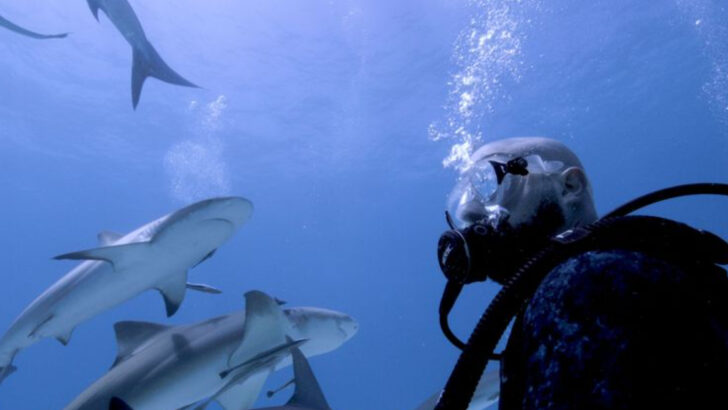Sharks don’t need an invitation to investigate—they’re already watching, waiting, and responding to every flicker of movement in the water. But did you know that certain colors and objects make them even more curious? Some things practically scream “Come check this out!” to these ocean predators.
Whether you’re a seasoned diver or someone who prefers to admire the ocean from the shore, knowing what attracts sharks is more than just trivia—it could be life-saving knowledge. From bright hues that stand out like neon billboards to specific objects that mimic their favorite prey, sharks are drawn to certain sights like moths to a flame.
Does that mean you should never wear yellow in the ocean? Should you rethink your shiny jewelry before jumping in? Get ready to uncover the fascinating (and slightly nerve-wracking) truth about what sharks can’t resist. Some of it might surprise you!
Yellow Clothing
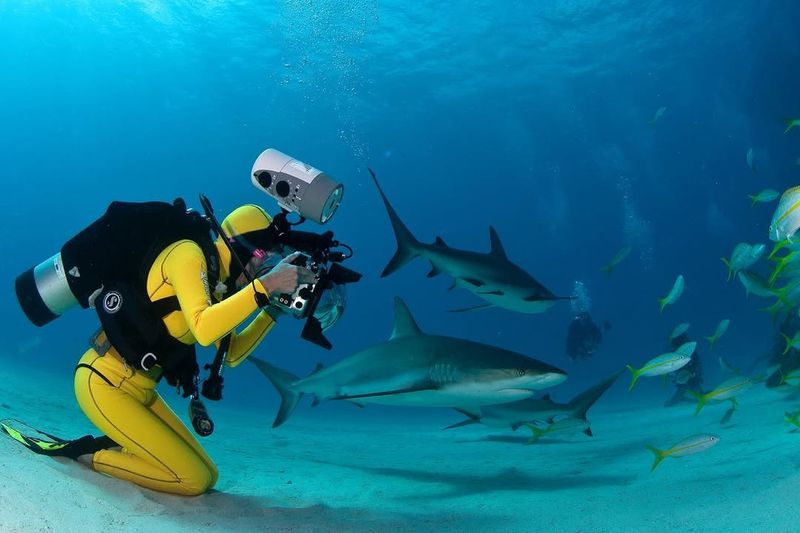
Yellow is often referred to as “yum-yum yellow” in the diving community, and there’s a reason for that. This bright color stands out in the ocean, making it more visible to sharks. While it doesn’t automatically mean danger, wearing yellow in shark-prone areas might increase curiosity.
The contrast of yellow against the blue of the water can attract sharks from a distance. Divers and swimmers often prefer more muted colors to avoid drawing attention. Nonetheless, awareness and respect for these creatures remain crucial.
Shiny Jewelry

Shiny objects, like jewelry, can mimic the glint of fish scales in the water. This can trigger a shark’s instinct to investigate. Jewelry’s reflective nature catches the light, creating flashes that are visible underwater.
While not inherently dangerous, it might pique a shark’s curiosity. Divers often opt to leave their jewelry behind, focusing instead on the natural beauty of the ocean. This simple choice can reduce unexpected interactions.
Contrasting Swimwear

Contrasting colors in swimwear, such as black and white, can confuse sharks. These patterns resemble the natural markings of some fish species, potentially triggering a predatory response.
The sharp contrast makes movements more noticeable, which can attract attention. Many swimmers choose solid colors to blend in with the ocean environment. Understanding these visual cues helps in making informed choices when swimming in shark habitats.
Bright Surfaces
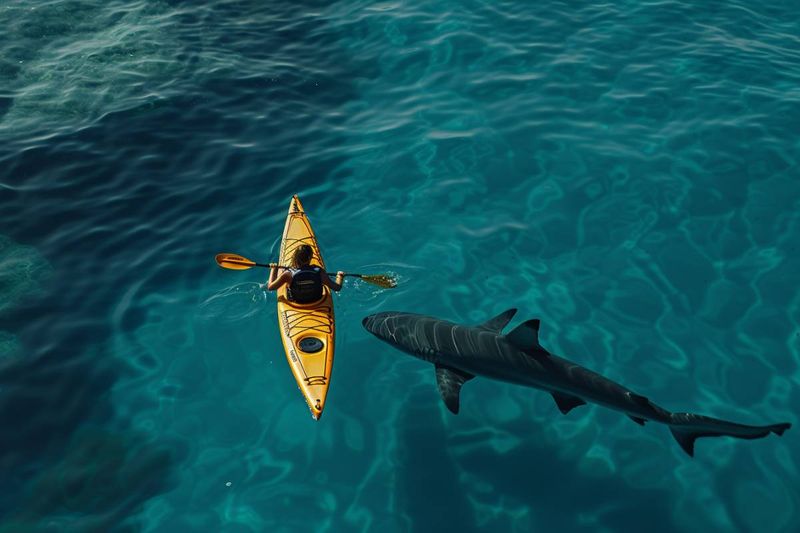
Brightly colored surfaces, like kayaks or surfboards, stand out against the ocean’s expanse. This visibility makes them more likely to be noticed by sharks from below. The stark contrast can resemble prey items, sparking curiosity rather than aggression.
While not inherently dangerous, these colors can increase the chance of a closer look. Many watercraft users choose neutral colors to minimize interactions. Awareness and preparation are key to enjoying marine adventures safely.
Blood in Water

Blood has long been associated with shark attraction. Even a small amount can signal potential prey to these keen-sensed predators. The scent travels quickly through the water, drawing sharks from considerable distances.
While this might sound ominous, understanding the science helps mitigate fears. Avoiding open wounds while in the ocean is a simple precaution. Sharks have an unmatched ability to detect even the faintest hints of blood, making awareness essential.
Splashing Sounds

Splashing sounds mimic the distress signals of injured fish, which can attract sharks. These vibrations travel efficiently through water, reaching the sensitive detection systems of many marine predators.
Children playing or adults swimming vigorously might inadvertently draw attention. While playful, it’s wise to remain mindful of noise levels, especially in areas known for shark activity. Being conscious of one’s surroundings goes a long way in ensuring a safe ocean experience.
Bright Fishing Lures
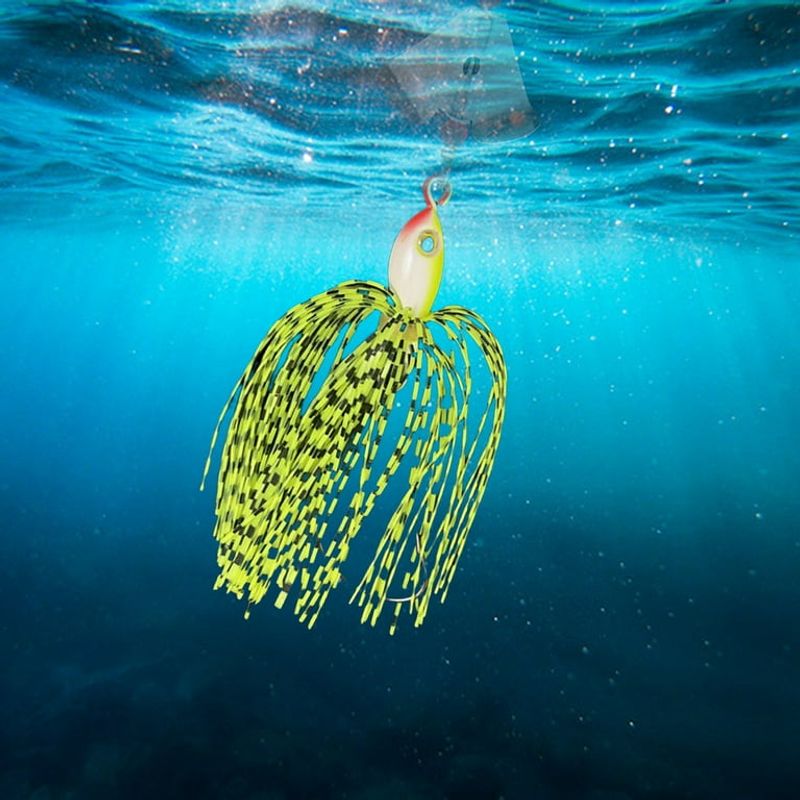
Fishing lures are designed to attract fish, and it’s no surprise they also catch a shark’s eye. The bright colors and reflective surfaces imitate the movements and appearance of prey.
Anglers often use these lures to their advantage, understanding the inherent risks. Awareness and careful handling of fishing gear reduce unwanted shark interactions. The artistry in lure design showcases both human ingenuity and understanding of marine life.
Metallic Objects
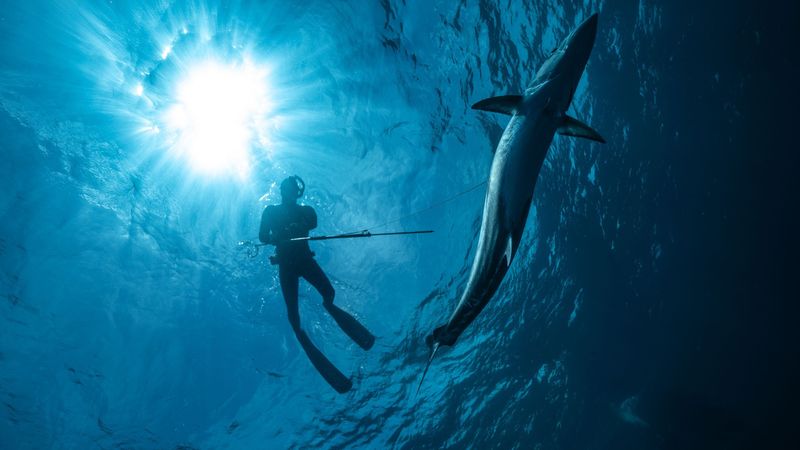
Metallic objects, like spear guns or dive knives, can reflect sunlight and mimic fish movements. This resemblance to prey might capture a shark’s interest. The unexpected glint can provoke investigation rather than aggression.
Divers are advised to secure their equipment, minimizing reflections. Such proactive measures ensure safety without compromising the thrill of underwater exploration. The balance of risk and respect defines the marine experience.
Electric Pulses
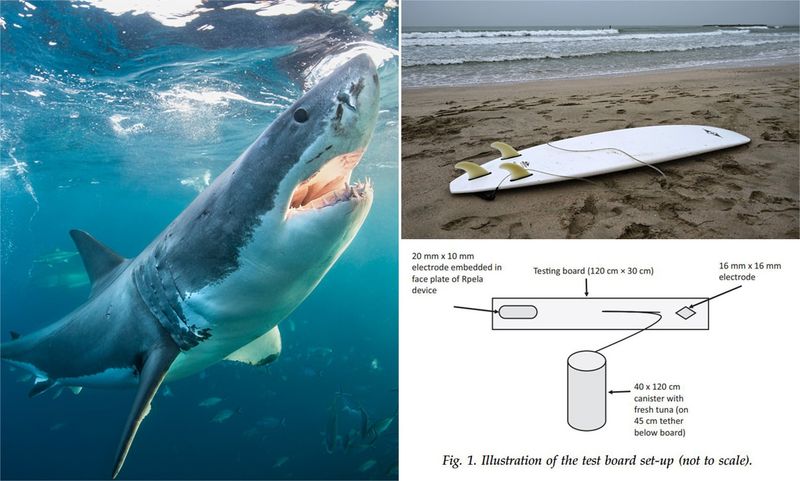
Electric pulses are used in some shark deterrent devices. However, they can also attract sharks if not calibrated correctly. These pulses mimic the weak electric fields produced by prey, intriguing nearby predators.
Understanding and correctly using these devices is crucial for safety. The technology highlights the fine line between attraction and deterrence. Proper application ensures peace of mind without unintended consequences, allowing divers to immerse in the ocean’s depths confidently.
White Water Rafts

White water rafts create a stark visual contrast against the ocean, drawing attention from below. Their size and movement can resemble large prey items. This similarity might entice curious sharks to take a closer look.
Though these encounters are rare, they underscore the importance of cautious adventure. Choosing muted colors can help reduce the chance of interaction. The thrill of the ride is enhanced by understanding and respecting the marine environment.
Reflective Dive Masks
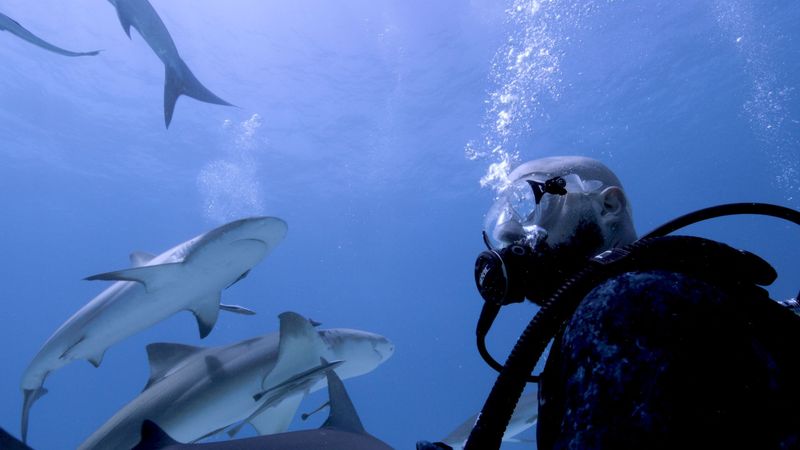
Reflective dive masks can catch sunlight, creating eye-catching glints. While this might seem minor, it can attract curious sharks by simulating fish scales.
Divers often choose non-reflective masks to minimize such chances. The choice of equipment plays a significant role in underwater experiences. By understanding these nuances, divers can enjoy the ocean’s wonders peacefully and responsibly.

